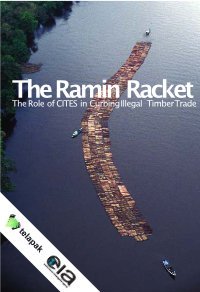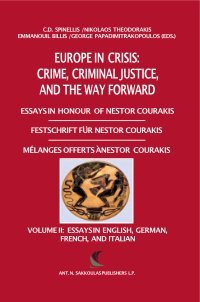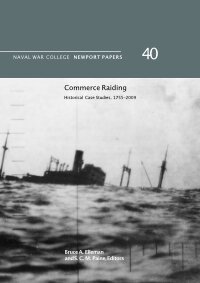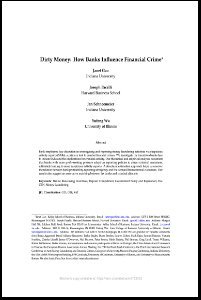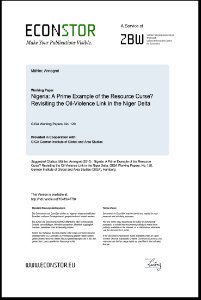By Human Rights Watch
On April 7, 2016, soon after the end of evening prayers, Sadia, 27, heard her husband calling her to come down to the street. As she got to the door, however, he stood flanked by two men, blocking the exit. On her husband’s order, his companions doused her with nitric acid. “My husband stood watching as my dress fell straight off and my necklace and earrings melted into my skin,” Sadia said. After four surgeries and almost four months at Dhaka Medical College Hospital, Sadia lost both her left ear and left eye. “He was trying to kill me,” she said when Human Rights Watch met her a year later. Acid attacks are one particularly extreme form of violence in a pattern of widespread gender-based violence targeting women and girls in Bangladesh. In fact, many of the women interviewed for this report endured domestic violence, including beatings and other physical attacks, verbal and emotional abuse, and economic control, for months or even years leading up to an attack with acid. For instance, during the 12 years that Sadia was married before the acid attack, her husband beat her regularly and poured chemicals in her eyes three times, each time temporarily blinding her.
New York: HRW, 2020. 73p.




